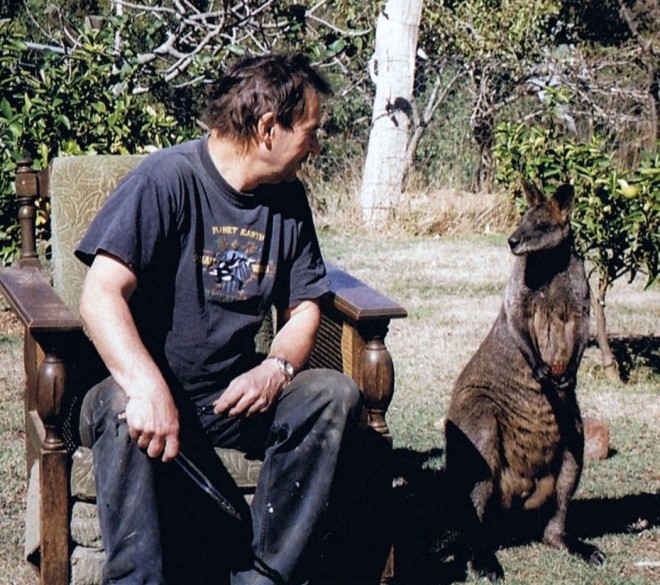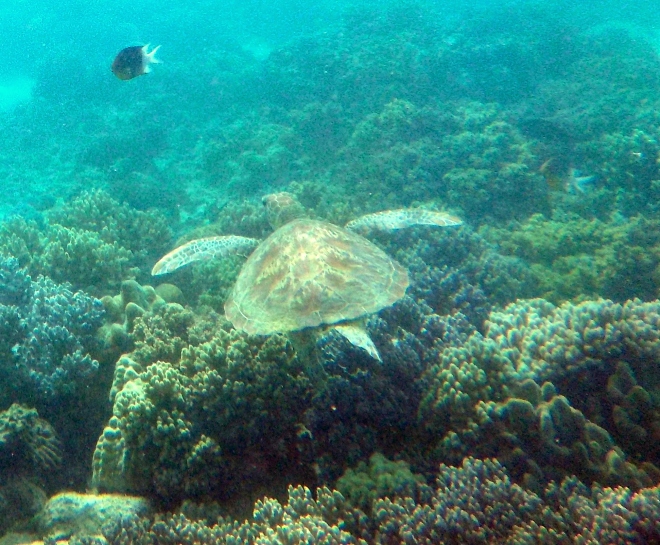
Two decades ago, I visited the ancient walled city of Dali in China’s Yunnan Province and left with vivid and fond memories. I returned last year, curious to see whether the city and its surrounds had changed, and a little apprehensive that my recollections would not be matched by the reality.
Then, transport to and from Dali was uncomfortable. The sleeper bus from Kunming offered a coffin-like bed on bumpy roads, so that sleep was virtually impossible. The return trip by day bus was even more challenging; no leg room, and no toilet stop for many, many hours. This time, the train from Kunming in Soft Sleeper class (the best train class in China) and then onwards to Lijiang was bliss. Mrs Nomadic gave this mode of travel her unqualified approval.
Dali is picturesque, wedged between the impressive Cangshan mountain range (reaching 4122 metres high), and forty kilometre long Lake Erhei. Like much of Yunnan province, Dali and surrounds is famous for its ethnic minorities, and their distinctive cultures, traditions and attire.
One of the highlights of my earlier trip was to journey by boat to a village market across Erhai Lake, enjoying the reflections of the mountains in the water, seeing the old Buddhist temple located on an island, small fishing boats, and traditional cormorant fishing. The most memorable images are of the village market: the women and girls all dressed in strikingly colourful outfits.
Twenty years ago, Dali was a popular place for backpackers. A couple of main streets had numerous cafes, restaurants, and shops catering for their interests, including the quaintly named Salvador Dali Cafe. Besides boat trips on the lake, and opportunities to see traditional village life nearby, there were, and are, many outdoor activities like cycling, walking, hiking and climbing pursuits available.
In two decades, much has changed in Dali, as in China. One of the most striking differences in Dali is the level of domestic tourism. Even in the couple of streets where westerners were so visible 20 years ago, they are now relatively rare in a sea of Chinese faces. I like seeing this change, as part of China recovering its identity.
The old town has spread, but rather well generally, in a manner reflecting increasing prosperity. A short walk of a few hundred metres outside the city walls two decades ago took you into the town’s rural fringes, up the hill to catch the view to Lake Erhei with the town in the foreground, or looking in the other direction, to the peaks of the Cangshan mountain range. A slightly longer walk allowed you to stroll around Dali’s famous 3 pagodas. Now the 3 pagodas are enclosed, with a large park for buses and cars, and access by paid admission only.
On my latest visit, I initially wondered whether the traditional dress worn by the women in Dali was part of a tourist thing. Generally this was not so, as traditional dress is still worn in the locals-only markets, both in Dali itself and in the outlying villages, whether the women and girls are working or not.
How true are recollections from twenty years ago? The lake now has a road right around it (something new, I think), the water doesn’t seem as crystal clear, cormorant fishing is now an event to see on a day tour, and motors and pulleys located on the side of the lake haul in large fishing nets dropped out far into the water by boat. Not quite so romantic and quaint, but life evolves.
Thank you Dali.
This is my contribution to Fiona’s A-Z Guidebook, this month starting with the letter ‘D’.
I have posted some tribute photos to the women of Dali here.















